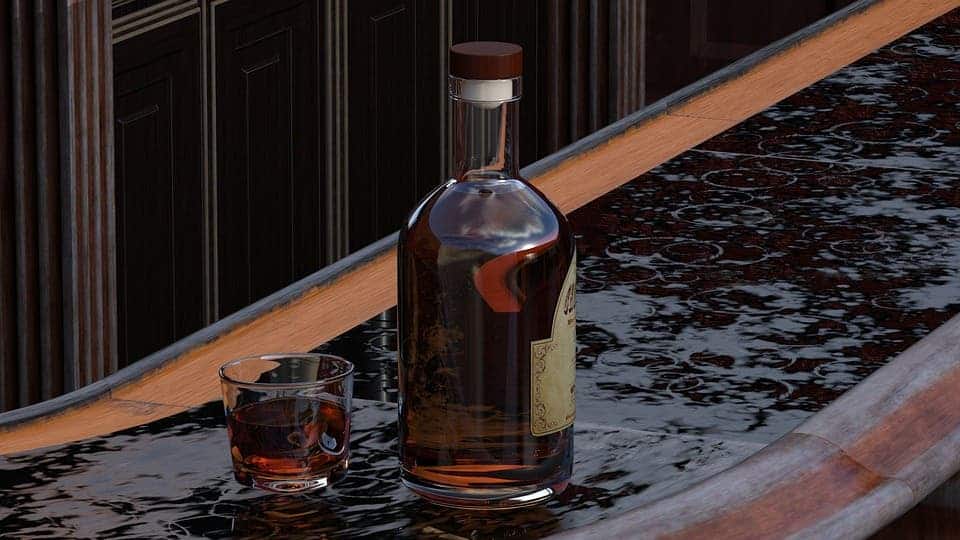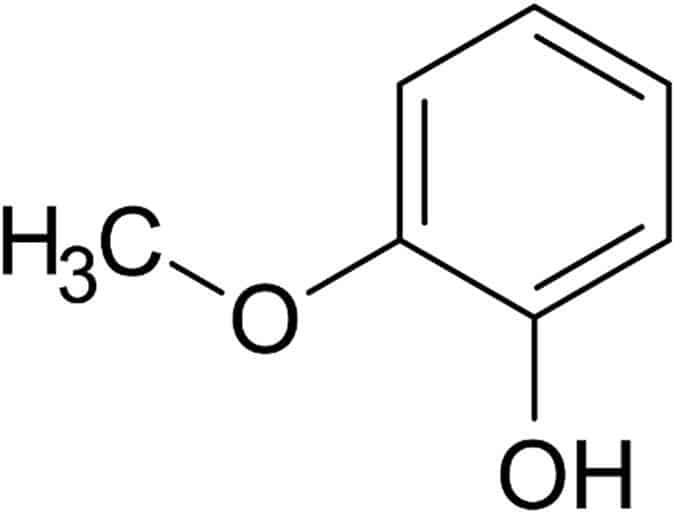
In some circles, you’ll see the grimmest faces if you decide to order whiskey with ice in public. At the end of the day, though, you might argue that De gustibus non est disputandum, and leave the snobs with a hanging upper lip.
But if science is truly the best tool we have for objective inquiry, then adding at least a couple drops of water to your glass of amber liquor really ought to improve the experience. According to a pair of biochemists in Sweden water molecules interact with flavor molecules found in whiskey, an interplay that ultimately enriches the taste of the drink.
Specifically, water molecules interact with flavor molecules called phenols. Smokey blends such as those famously sourced from the Scottish island of Islay are particularly rich in a specific phenol called guaiacol.
When water is present, guaiacol hops along and rises with the H2O to the air-liquid interface. It’s at this interface, basically the drink’s surface, that the whiskey is consumer first and thus it makes sense that adding at least a bit of water to whiskey helps enhance its taste.

The findings suggest that the alcohol content has a big word to say. When ethanol concentration in the whiskey was less than 45%, guaiacol was found near the surface of the liquid. The molecules were driven further down into the solution the concentration exceeded 59% though. Previously, spectroscopic studies have previously revealed that alcohol and water undergo incomplete mixing which might explain this behaviour.
Distillers add water to their whiskey anyway, we have to say. The spirit is essentially made by distilling fermented grains like barley or rye. Distilled malt whiskeys typically contain around 70% alcohol by volume (vol-%) before it is aged in barrels for at least three years. This maturation lowers the alcohol content but the concentration is still strong hovering at 55–65 vol-%. Distillers then add water before bottling until a stable 40% alcohol is reached, which not only alters the intoxication potency but also the taste.
“Our findings …could contribute to optimising the production of spirits for desired tastes,” Bjorn Karlsson and Ran Friedman of Linnaeus University in Kalmar, Sweden reported in the journal Scientific Reports.
At this point, it should be noted that their findings are based on computer simulations of the complex chemical interplay of H2O and flavor molecules. There were no volunteers to subjectively rate the taste.


